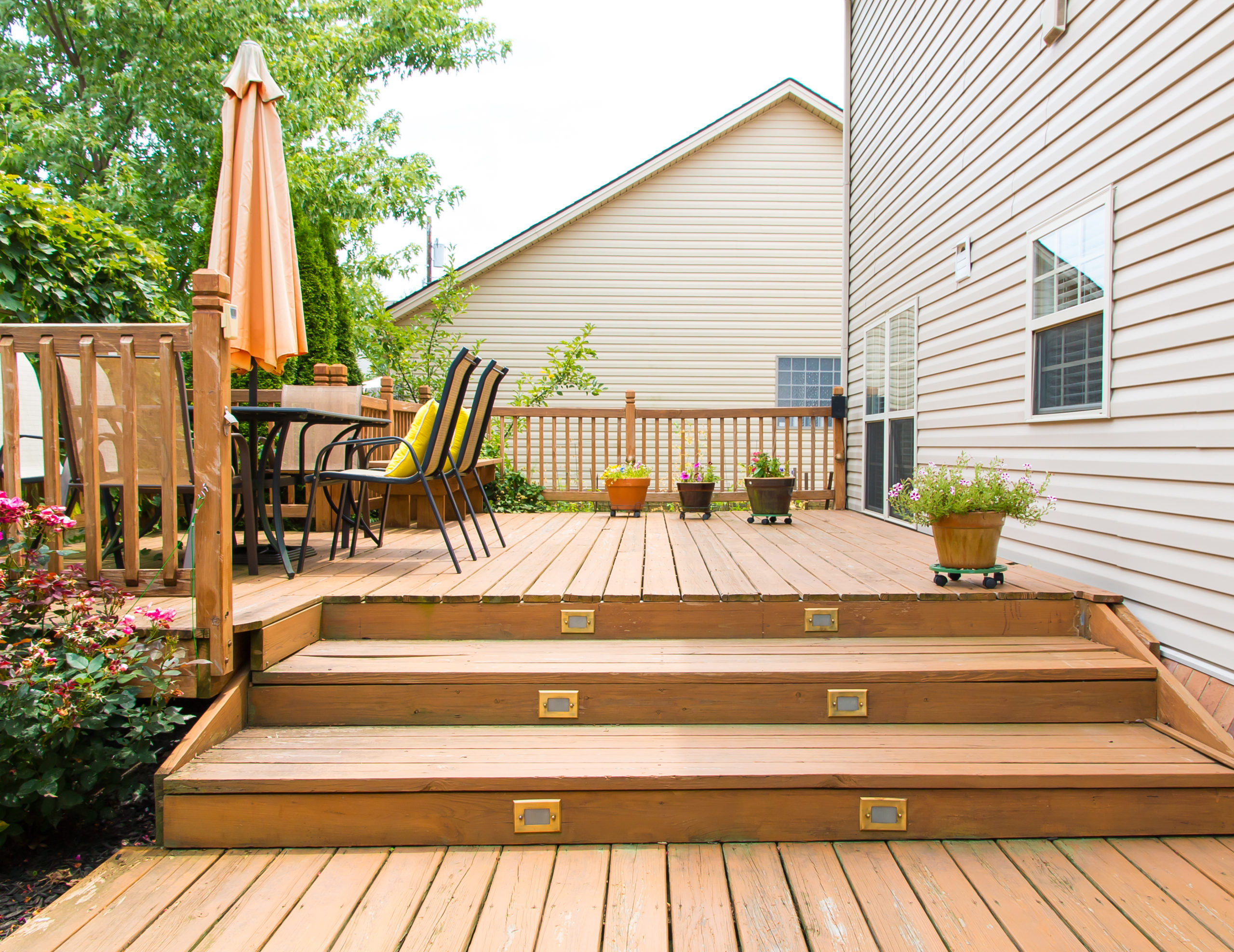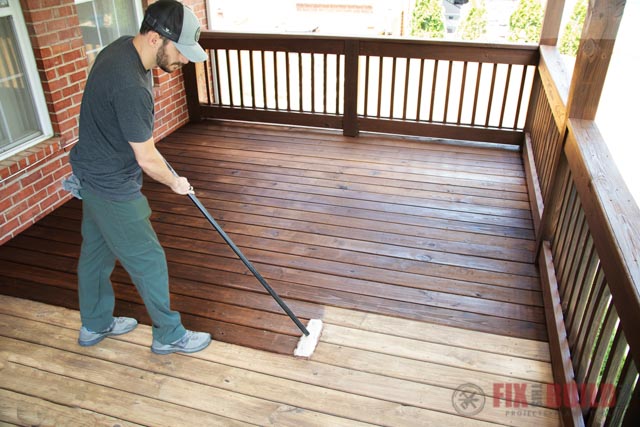A Comprehensive Guide to Different Kinds Of Deck Discoloration Techniques for Ultimate Defense and Looks
In the world of deck upkeep, the art of tarnishing stands as a crucial step towards both maintaining the integrity of your outdoor space and enhancing its visual charm. As we browse via the intricate globe of deck discoloration strategies, one starts to appreciate the nuanced methods that can make all the difference between a mediocre finish and a remarkable one. From the option of the appropriate stain type to the thorough application approaches, each facet plays a crucial duty in attaining that excellent equilibrium in between security and aesthetic appeals. Join us as we uncover the secrets behind accomplishing the best deck staining results-- a journey where every brushstroke shapes not just the surface, yet the really essence of your outdoor sanctuary.
Recognizing Various Sorts Of Discolorations
Different kinds of stains are typically made use of in the process of deck staining to accomplish various visual and protective impacts. On the various other hand, semi-transparent discolorations provide an equilibrium in between shade enhancement and protection, enabling some timber grain to show through.
Moreover, there are additionally specialized discolorations such as sealers and toners. Toners add a hint of shade to the timber while giving marginal protection, making them suitable for newer decks with less wear. Sealers, on the various other hand, deal security against wetness and UV rays without adding color, making them a popular choice for decks that already boast a preferable shade. Comprehending the features and advantages of each kind of tarnish is critical for attaining the desired appearance and sturdiness for your deck.
Choosing the Right Stain Shade
When thinking about the appearances of your deck discoloration job, the choice of stain shade plays a crucial duty in improving the protective qualities of the picked discolor type (Water-Based Stains). The color you choose can dramatically influence the general appearance of your deck, in addition to its ability to withstand the components in time
When selecting a tarnish color, it's vital to think about the existing color system of your home's exterior. Integrating the deck discolor with the total visual of your building can produce a visually enticing and cohesive outside space. Furthermore, the color of your deck discolor can affect the temperature of the deck surface area; darker shades often tend to absorb more heat, while lighter shades show sunshine and stay cooler.
Moreover, the sort of timber you are discoloring will certainly additionally affect exactly how the discolor color shows up. Different wood varieties can communicate with the tarnish in numerous methods, possibly altering the final shade. It's advisable to check the tarnish on a little, inconspicuous area of the deck to make sure the shade turns out as preferred prior to waging the entire job.
Preparing Your Deck for Discoloration
To make certain a lasting and successful deck staining project, comprehensive preparation of the deck surface is necessary. Begin by cleansing the deck completely to eliminate dirt, gunk, mold, and any old finish or tarnish.
Evaluate the deck for any kind of harmed or rotten boards that need to be changed. Hammer down any type of protruding nails and sand any harsh locations to make sure a smooth surface for discoloration. Look for any kind of loose railings or steps that might require tightening up or repair.
As soon as the deck is clean, dry, and in great repair service, take into consideration applying a timber brightener to restore the deck's all-natural color and open the wood pores for better stain penetration. Finally, protect any neighboring plants, furniture, or surface areas with plastic sheet prior to waging the discoloration process. Correct preparation is crucial to achieving a professional-looking surface and taking full advantage of the long life of your deck stain.
Using Stain With Different Strategies
For a specialist and perfect coating, the technique of using tarnish plays a vital role in improving the look and resilience of your deck. There are a number of techniques you can use to make sure an effective application of discolor.
Cleaning is a typical method that allows for accuracy and control over the quantity of tarnish applied. It is perfect for complex locations and getting to in between deck boards Stain Deck (Right Deck Stain). Rolling is a quicker choice, covering bigger surface area locations successfully. Nonetheless, back-brushing after rolling is recommended to even out the stain and work it into the wood for much better penetration.
Spraying is one more prominent method, providing speed visit this web-site and ease of application, specifically for huge deck locations. It is vital to make use of a high-quality sprayer and be mindful of overspray. Pad applicators give a smooth and also complete and are appropriate for both horizontal and upright surfaces. Whichever technique you pick, making certain appropriate preparation and following producer guidelines will certainly assist achieve a beautiful and lasting discolor coating on your deck.

Keeping and Re-staining Your Deck
When it comes to re-staining your deck, the frequency depends on numerous aspects such as the type of tarnish used, the environment in your location, and how much wear and tear your deck experiences. Generally, it is advised to re-stain your deck every 2-4 years to maintain its defense and aesthetic appeals.
Before re-staining, guarantee the deck is clean, completely dry, and free of any previous stain deposit. Choose a high-grade stain that fits your deck's material and offers the desired level of defense.
Conclusion
In conclusion, comprehending the various sorts of deck stains, choosing the best color, correctly preparing the deck, applying discolor with different methods, and re-staining the deck and keeping are crucial actions for best defense and aesthetics. By following these actions, you can ensure that your deck remains in leading problem for many years to find.
Furthermore, the color of your deck stain can affect the temperature level of the deck surface area; darker colors tend to absorb even more warm, while lighter colors mirror sunshine and stay cooler.
It's advisable to examine the tarnish on a little, inconspicuous location of the deck to make sure the color turns out as desired prior to continuing with the entire task.
